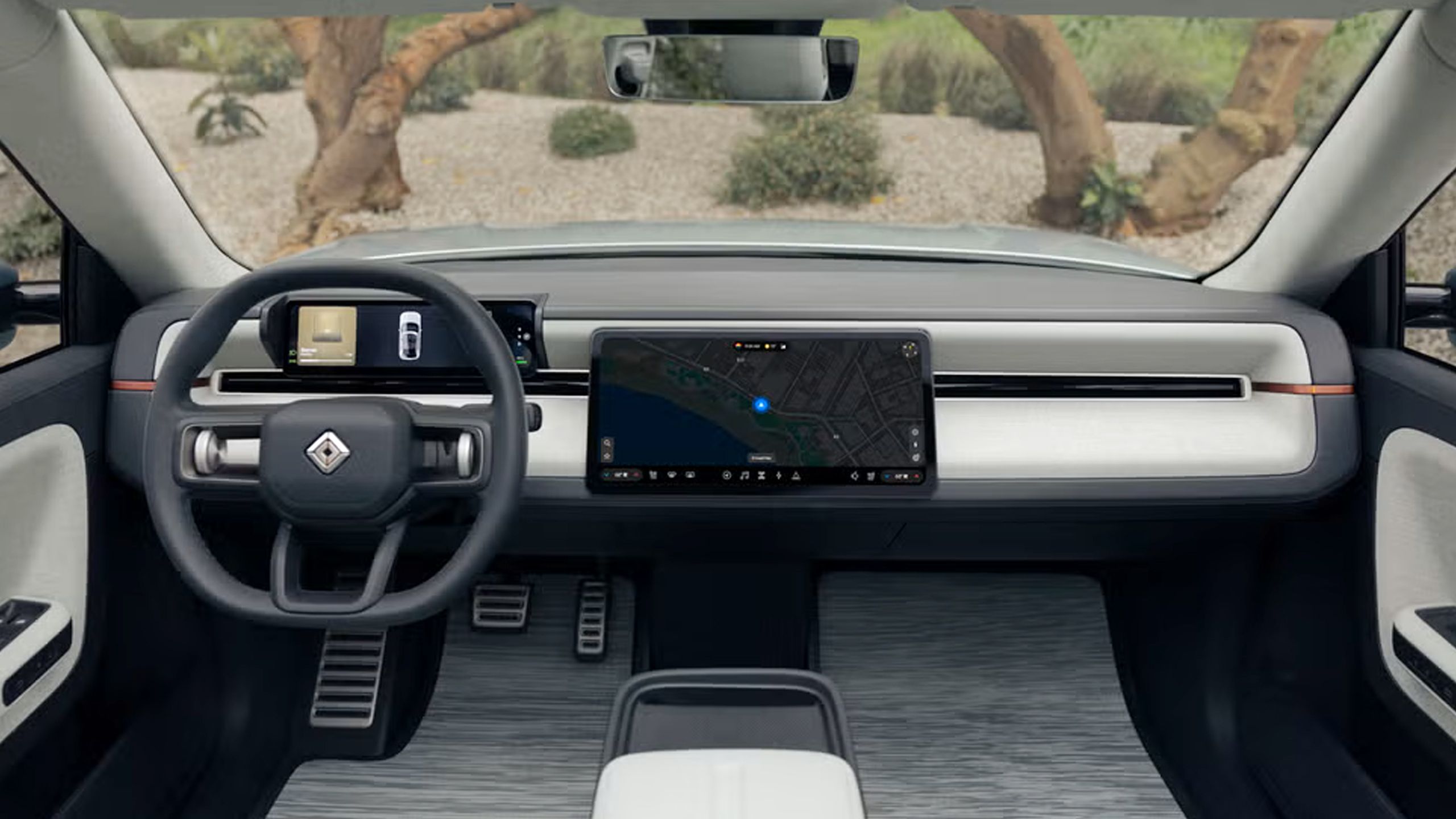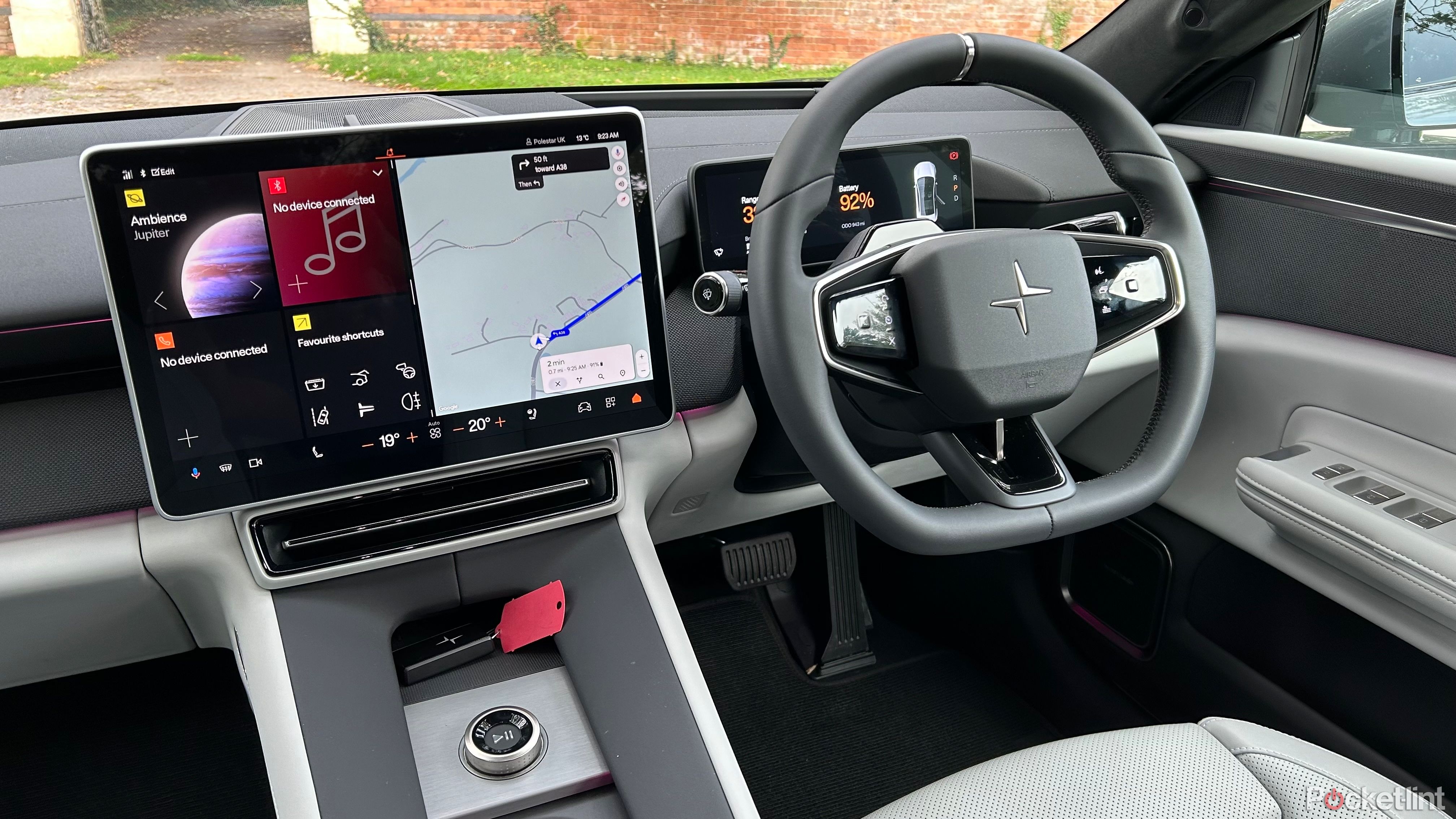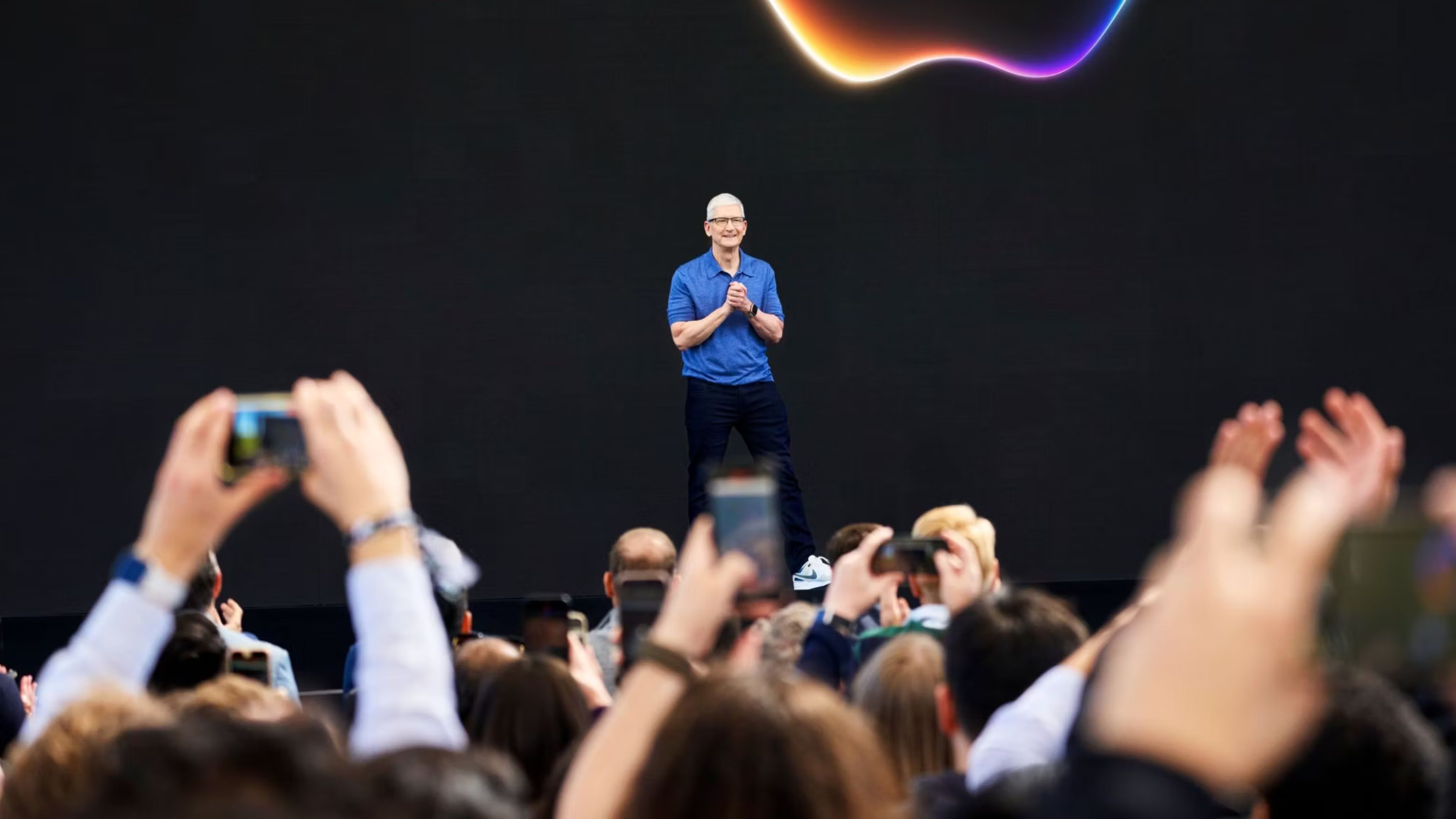Summary
- Android Automotive is already built into a lot of cars, whereas Apple’s next-gen CarPlay remains vaporware.
- The Android tech is good enough that some people may not even care about connecting their iPhones when the time comes.
- Apple still has some incentive to deliver the final product, though, and we could hear more about it at WWDC 2025 this June.
In recent months, I’ve found myself writing a lot more about CarPlay than I would’ve expected. Part of that is an increased automotive focus here at Pocket-lint, but it’s also a topic that’s legitimately in the news. Mostly, that’s because Apple missed a 2024 window for launching its next-generation CarPlay platform, despite first revealing the technology back in 2022. The company even had two major partners announced at the time, Porsche and Aston Martin.
The latest related development is that Hyundai is developing a new operating system for its cars, dubbed Pleos. That in itself wouldn’t be relevant, except that Pleos will see Hyundai join Rivian, GM, Polestar, and many other auto brands in adopting Android Automotive (not to be confused with Android Auto). Does that mean that Apple has missed the boat on next-generation CarPlay? Not yet, I think, but it’s an open question.

Related
The Nissan Leaf is dead, long live the new Leaf
I’m going to miss the Leaf’s earlier spirit, but it’s probably for the best.
Time is running out to be a dominant player
Will iPhone owners even care when next-gen CarPlay is ready?
Rivian
It’s hard to overstate how much of a lead Android Automotive has. It might not be in your current vehicle, but some of the other brands using the OS include Acura, Cadillac, Chevrolet, Ford, Honda, Nissan, and Volvo. The list is longer still if you include cars without Google Automotive Services (GAS) apps. That’s where brands like Rivian enter the picture — while its software isn’t immediately recognizable as Android, the Rivian platform does in fact use Android Automotive as a foundation.
CarPlay support is also widespread, but only in its most basic incarnation, i.e. the one that runs on a single screen and mostly lets you use the media and navigation apps on your iPhone, not control vehicle settings or check your mileage. For its next-gen tech, Apple is reportedly stuck working with individual carmakers to tailor it. It’s unavoidable — unlike Android, automakers aren’t allowed to take the iOS codebase and build their own spin-offs, or even license the equivalent of GAS. CarPlay might be free for carmakers to adopt, but only with Apple’s participation and approval.
The more people get comfortable with Android Automotive and other native car platforms, the less important CarPlay will become.
Android Automotive isn’t everyone’s cup of tea, but it’s continuing to evolve, and that’s likely more than good enough for a lot of iPhone owners. After all, if you’re already using Spotify and Google Maps instead of Apple’s own Music and Maps apps, there’s no need to connect your iPhone — you’re good to go. In fact, I’d much rather use built-in software, since that means there’s less hassle with pairing. Even in its next-gen version, CarPlay will always require pairing an iPhone, keeping it with you, and reconnecting if someone else drives your car.
The more people get comfortable with Android Automotive and other native car platforms, the less important CarPlay will become. There wasn’t much threat of this in the past, since automakers seemed happy to produce their own crude software that was barely useful (if at all). Now that native software is actually getting better, automakers like GM and Rivian have realized that they don’t need CarPlay to be popular.

Related
I hope the Rivian R3 will be the vehicle to topple Tesla
Tesla won’t shrink and vanish in a day, naturally.
Will automakers slam the door on CarPlay?
Factors at play
For now, Apple still has some breathing room. Mostly, it’s because there’s nothing stopping an automaker from supporting both CarPlay and Android Automotive. While you can’t use CarPlay in a Rivian R1T, say, the Polestar 2 has supported CarPlay for years. If an automaker really wants to appease Apple fans, it’s just a question of devoting the necessary time and resources.
Apple is nothing if not committed to maintaining its market position, and for that, there’s really no choice but to finish next-generation CarPlay.
There’s still plenty of incentive to appease those fans, too. iPhones remain exceedingly popular in the US, Canada, UK, and Japan, which are markets few automakers can afford to ignore. Indeed, when my wife and I were car shopping in Texas in 2018, and again in Alberta in 2022, CarPlay was non-negotiable for us. We didn’t need the wireless version of the feature, but the idea of having to rely on a car mount to get around (then) ugly built-in software was unappealing when we knew how common CarPlay was.
If people start choosing particular models because of the next-gen tech, other car brands will be forced to follow suit.
Apple is nothing if not committed to maintaining its market position, and for that, there’s really no choice but to finish next-generation CarPlay, even if just a few automakers adopt it initially. That may be all the company needs — if people start choosing particular models because of the next-gen tech, other car brands will be forced to follow suit. That’s exactly what happened with CarPlay’s original incarnation. In 2014 and 2015, CarPlay was extremely niche, but a few years later, intentionally omitting it was considered a bold and (often) irrational decision.
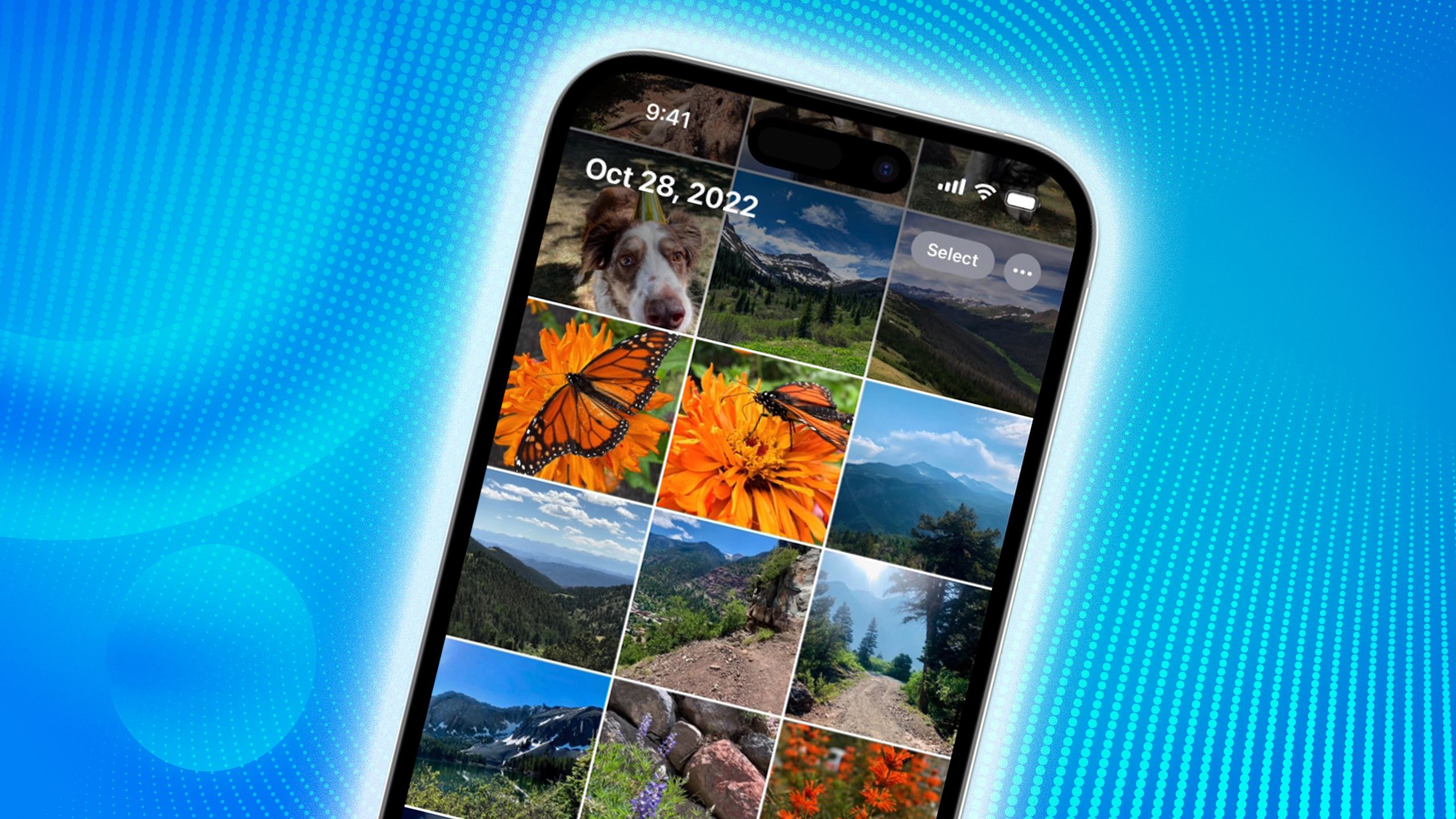
Related
How I optimize my iPhone’s Photos storage like a pro
There are a variety of tactics you can try before spending on a new iPhone.
Taking the wraps off Apple’s plans
News may be around the corner
Apple
We’re almost certainly going to learn something soon. Apple recently announced a June 9 date for its 2025 Worldwide Developers Conference, and the company always uses WWDC to preview upcoming releases of iOS, including CarPlay changes. If the next-gen platform is completely unmentioned, that could mean a delay until late 2026, or even 2027. That would result in further bad publicity, which Apple can scarcely afford at the moment, given the recent news that it’s delaying Apple Intelligence upgrades it promised alongside the iPhone 16. People don’t trust Apple to deliver on revolutionary features anymore, not when other companies are beating it to the punch.
Apple’s in a tough position, and it’s going to have to demonstrate commitment and chops.
It’s mostly just a question of what Apple’s going to say this summer, I suspect. At a minimum, it’s probably going to confirm that development’s ongoing, and set a new target window. I’d wager something after the launch of iOS 19 this September, but before iOS 20 arrives in September 2026. If we’re lucky, we’ll get some more confirmed brands, and an updated preview of the technology in action. Hopefully, including real software running on a real vehicle this time, not just pre-rendered concepts.
So no, Apple hasn’t lost the battle for the future of automotive interfaces. But it’s in a tough position, and it’s going to have to demonstrate the commitment to see it through, as well as the chops to prove there’s a reason to connect an iPhone to your car every time you get in to go to work or the grocery store.

Related
Does smart tech really add that much to your fitness regimen?
The full answer varies from person to person, but here’s my gym-buff take.
Trending Products

15.6” Laptop computer 12GB DDR4 512GB SSD, Quad-Core Intel Celeron N5095 Processors, Home windows 11 1080P IPS FHD Show Laptop computer Laptop,Numeric Keypad USB 3.0, Bluetooth 4.2, 2.4/5G WiFi
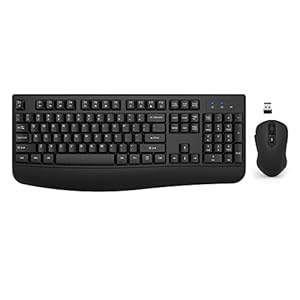
Wireless Keyboard and Mouse Combo, EDJO 2.4G Full-Sized Ergonomic Computer Keyboard with Wrist Rest and 3 Level DPI Adjustable Wireless Mouse for Windows, Mac OS Desktop/Laptop/PC

Logitech Signature MK650 Combo for Business, Wireless Mouse and Keyboard, Logi Bolt, Bluetooth, SmartWheel, Globally Certified, Windows/Mac/Chrome/Linux – Graphite

ASUS VA24DQ 23.8â Monitor, 1080P Full HD, 75Hz, IPS, Adaptive-Sync/FreeSync, Eye Care, HDMI DisplayPort VGA, Frameless, VESA Wall Mountable ,BLACK

TP-Link AXE5400 Tri-Band WiFi 6E Router (Archer AXE75)- Gigabit Wireless Internet Router, ax Router for Gaming, VPN Router, OneMesh, WPA3, Black

GAMDIAS White RGB Gaming ATX Mid Tower Computer PC Case with Side Tempered Glass and Excellent Airflow Design & 3 Built-in 120mm ARGB Fans

Wireless Keyboard and Mouse Combo, MARVO 2.4G Ergonomic Wireless Computer Keyboard with Phone Tablet Holder, Silent Mouse with 6 Button, Compatible with MacBook, Windows (Black)

Thermaltake View 200 TG ARGB Motherboard Sync ATX Tempered Glass Mid Tower Computer Case with 3x120mm Front ARGB Fan, CA-1X3-00M1WN-00


